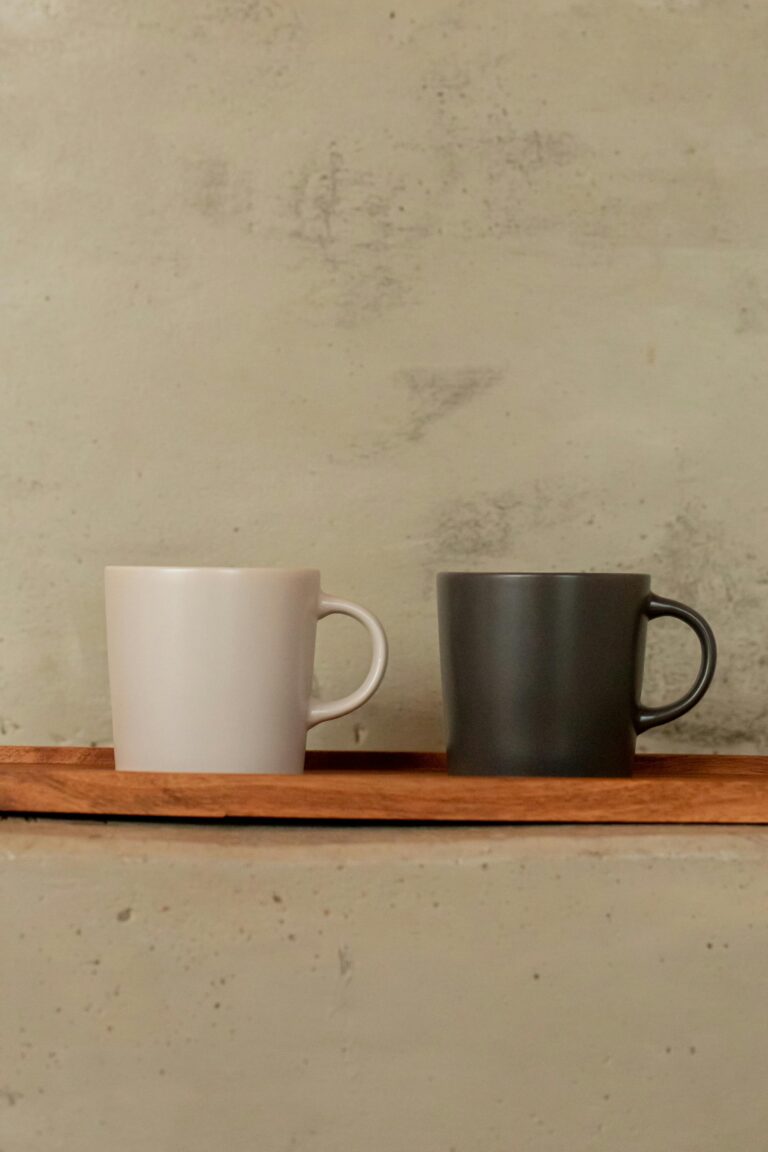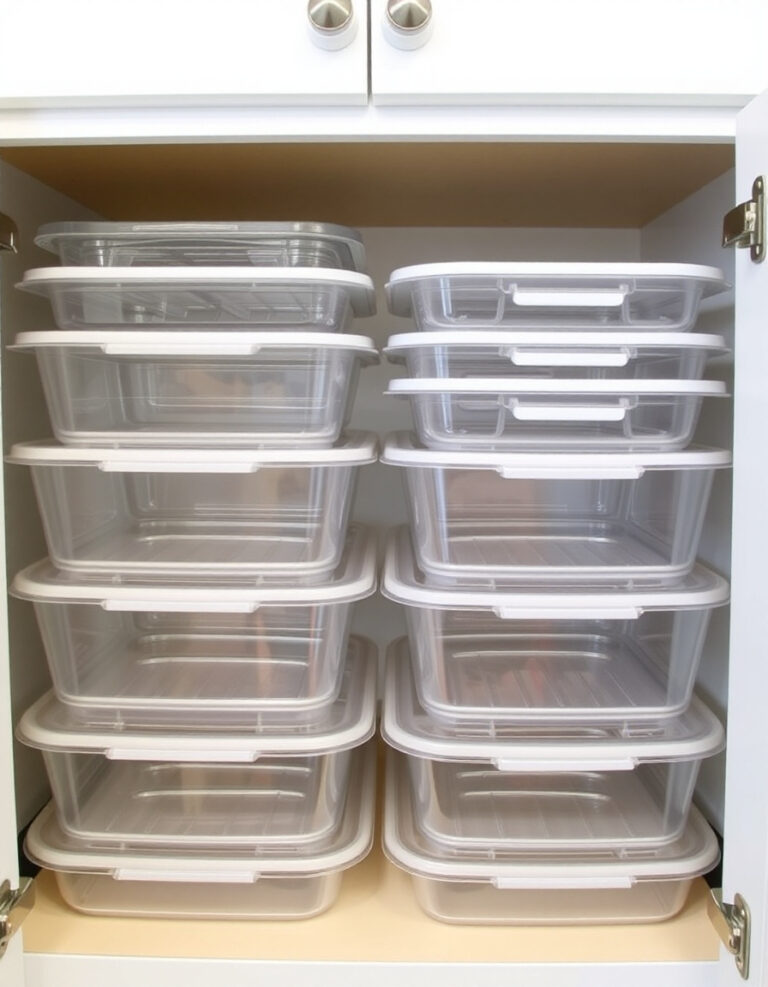A cutting board that won’t stay put can turn meal prep into a frustrating experience. When your board slides, tips, or wobbles, it can slow you down and create safety concerns. The good news is that most stability issues can be solved with simple adjustments you can make right away.
Why Your Cutting Board Might Lack Stability

Several factors can contribute to a cutting board that keeps falling over or sliding around. The surface underneath might be too smooth, creating little friction between the board and counter.
Uneven boards can rock back and forth, especially if they’ve warped over time or weren’t completely flat to begin with. Size mismatches can also play a role—a board that’s too small for your workspace or too large for your counter might not sit properly.
1. Place a Damp Towel Under Your Cutting Board for Instant Grip
One of the quickest fixes for cutting board stability involves a simple kitchen towel. A damp cloth placed underneath creates friction that can help prevent sliding and movement.
Run a towel under water and wring it out so it’s moist but not dripping. Lay it flat on your counter, then place your cutting board on top.
The moisture helps the towel grip both the counter and the board bottom. This method works particularly well on smooth surfaces like granite or stainless steel.
2. Add Rubber Shelf Liner to Stop Cutting Board Movement
Rubber shelf liner offers a reusable solution that can keep your board in place. This textured material grips surfaces on both sides, creating a stable foundation.
Cut a piece slightly smaller than your cutting board. Place it between the board and your counter.
The liner compresses under pressure, which can help absorb some of the force from chopping. You can wash and reuse it, making it a practical long-term option.
3. Attach Non-Slip Pads to Prevent Your Cutting Board from Sliding
Small rubber or silicone pads can be attached directly to the corners or edges of your board. These adhesive grippers stay in place and provide consistent stability.
Clean the bottom of your cutting board thoroughly before application. Stick the pads in each corner, pressing firmly to ensure good contact.
Most pads are thin enough that they won’t affect how your board sits. They can handle regular washing and tend to last for months of daily use.
4. Check if Your Cutting Board Surface Is Warped or Uneven
A board that rocks might have developed an uneven surface over time. Wood boards can warp from moisture exposure, while plastic ones might bend from heat or pressure.
Place your board on a flat surface and press each corner. If it wobbles, the board itself might be the issue rather than your counter.
For minor warping, you might be able to sand down high spots. Severe warping usually means it’s time to replace the board for both stability and food safety reasons.
5. Try a Larger Cutting Board That Distributes Weight Better
Size matters when it comes to cutting board stability. A board that’s too small might tip when you apply pressure near the edges.
Consider upgrading to a board that’s at least 12×18 inches for general prep work. Larger boards provide more surface contact with your counter, which can help with grip.
The added weight of a bigger board also works in your favor. More mass means more resistance to movement when you’re chopping or slicing.
6. Position Your Cutting Board Away from Counter Edges
Where you place your board on the counter can affect how stable it feels. Boards positioned too close to an edge might catch or tilt during use.
Center your board in your workspace with at least a few inches of clearance on all sides. This positioning gives you room to work without the board shifting toward the edge.
If your counter space is limited, push the board against a backsplash or wall. This provides a stable barrier on at least one side.
Common Mistakes That Can Reduce Cutting Board Stability
Certain habits might be working against your efforts to keep your board steady. Using a cutting board on an unlevel counter creates an unstable foundation from the start.
Placing wet items directly on the counter before setting down your board can create a slippery layer. Oil or food residue on either the counter or board bottom has a similar effect.
Rushing through setup might mean missing simple fixes. Taking an extra 30 seconds to properly position your board and add grip can prevent frustration later.
FAQ
Why does my cutting board keep sliding around?
Smooth countertop surfaces create minimal friction with the board bottom. Materials like granite, quartz, or stainless steel are particularly slippery.
The board itself might have a polished or worn bottom that can’t grip effectively. Moisture or residue on either surface can make sliding worse.
How do I keep a cutting board from moving while cutting?
A damp towel or rubber shelf liner placed underneath can add immediate grip. Non-slip pads attached to the board corners offer a permanent solution.
Proper placement matters too. Position the board away from edges and on a clean, dry counter for best results.
What causes a cutting board to tip over?
Warping can create an uneven bottom that rocks on flat surfaces. This often happens with wooden boards exposed to too much moisture or heat.
A board that’s too small might tip when pressure is applied near the edges. The lack of weight and surface contact reduces stability.
Can I use anything besides a towel under my cutting board?
Rubber shelf liner, silicone mats, or thin cork sheets can all provide grip. Each option has different thickness and texture, so you might need to test what works best.
Paper towels aren’t recommended as they can tear or bunch up. Fabric placemats might work in a pinch but often slide themselves.
How often should I replace non-slip pads on a cutting board?
Most adhesive pads last several months with regular use and washing. Replace them when you notice reduced grip or if they start peeling.
Some pads are washable and can be reapplied. Check the manufacturer’s instructions for your specific product.
Does the type of cutting board affect stability?
Heavier materials like thick wood or bamboo tend to stay in place better than lightweight plastic. The added mass creates more resistance to movement.
Board thickness plays a role too. Thicker boards (at least 3/4 inch) typically offer better stability than thin, flexible options.
Should I worry about a cutting board that moves slightly?
Minor movement during heavy chopping can be normal, but excessive sliding creates safety risks. A board that shifts unpredictably might cause knife slips.
Even small movements can be tiring over time as you compensate with extra pressure. Addressing stability issues can make prep work more efficient.
Will these fixes work on all counter types?
Most solutions work across different counter materials, though effectiveness can vary. Textured surfaces like some tiles might already provide decent grip.
Very smooth surfaces like polished marble might need multiple solutions combined. Test what works best for your specific setup.
Wrapping Up
A cutting board that keeps falling over doesn’t have to derail your kitchen routine. These simple fixes can help improve stability and make your prep work feel more secure.
Try one or two solutions to see what works for your setup. With the right approach, you can turn an unstable board into a reliable workspace that stays put when you need it most.



